Using the WIYN 3.5-meter telescope at the U.S. National Science Foundation Kitt Peak National Observatory, a Program of NSF NOIRLab, astronomers have discovered the extreme orbit of an exoplanet that’s on its way to becoming a hot Jupiter.
Tag: National Science Foundation (NSF)
Astrónomos descubren inusual exoplaneta gigante con una órbita extremadamente rara
Con la ayuda del telescopio WIYN de 3,5 metros ubicado en Kitt Peak, Arizona, los astrónomos lograron descubrir la órbita extrema de un exoplaneta que está camino a convertirse en un Júpiter caliente. Además de seguir una de las órbitas más alargadas de todos los exoplanetas, el cuerpo celeste órbita su estrella al revés, lo que da indicios sobre el misterio de la evolución de los Júpiter calientes.
NYU Tandon researchers selected for National Artificial Intelligence Research Resource Pilot to enhance AI vision models
An NYU Tandon School of Engineering project is one of the first 35 initiatives selected for the National Artificial Intelligence Research Resource (NAIRR) Pilot by the U.S. National Science Foundation and Department of Energy, a result of President Biden’s Executive Order on the Safe, Secure and Trustworthy Development and Use of AI.
UAH-led FTPP recognized nationally as National Science Foundation ranks in top 10 best places to work
The $20 million, five-year Future Technologies and Enabling Plasma Processes (FTPP) initiative led by The University of Alabama in Huntsville (UAH), a part of the University of Alabama System, is cited in “The Washington Post” as a key contributor toward the National Science Foundation’s (NSF) top-10 ranking in the 2023 Federal Employee Viewpoint Survey (FEVS) of the Best Places to Work in the Federal Government.
Mix it, test it, create it: NSF funds automated polymer research instrument at the Beckman Institute
University of Illinois researchers received NSF funding to acquire a fully automated polymer analysis instrument to be housed at the Beckman Institute.
National Science Foundation funds NYU Tandon School of Engineering project to safeguard U.S. laws and legal information against cyberattacks and malicious actors
NYU Tandon School of Engineering researchers will develop new technologies to secure the “digital legal supply chain” — the processes by which official laws and legal information are recorded, stored, updated and distributed electronically — thanks to a $1.2 million grant just awarded by the National Science Foundation (NSF).
Gemini North Detects Multiple Rock-Forming Elements in the Atmosphere of a Scorching Exoplanet
Astronomers using the Gemini North telescope, one half of the International Gemini Observatory operated by NSF’s NOIRLab, have detected multiple rock-forming elements in the atmosphere of a Jupiter-sized exoplanet, WASP-76b. The planet is so perilously close to its host star that rock-forming elements — such as magnesium, calcium, and nickel — become vaporized and dispersed throughout its scorching atmosphere. This intriguing chemical profile provides new insights into the formation of planetary systems, including our own.
Un criadero estelar de luces y sombras
Un instante de la enorme nube interestelar de formación de estrellas Lupus 3, capturado por la Cámara de Energía Oscura de 570-megapíxeles desde el Observatorio de Cerro Tololo de NOIRLab, en Chile. La brillante región central de esta nube en expansión revela un par de jóvenes estrellas brotando desde sus capullos de polvo y gas para iluminar la nebulosa de reflexión conocida como Bernes 149. El contraste de luces entre estas regiones hacen de este objeto uno de los principales lugares para la investigación sobre formación estelar.
ASBMB cautions against sacrificing science funds to make debt-ceiling deal
ASBMB emphasizes the importance of preserving research from scientists supported by the NIH, NSF and DOE during debt-ceiling deal
A Decade of Unveiling the Hidden Universe: ALMA at 10
n March 13th, 2023, astronomers around the world will mark the 10th anniversary of the inauguration of the Atacama Large Millimeter/submillimeter Array (ALMA), the world’s largest radio telescope. Over the past decade, the international ALMA collaboration— led by the U.S. National Science Foundation’s National Radio Astronomy Observatory (NRAO), the European Southern Observatory (ESO), and the National Astronomical Observatory of Japan (NAOJ)— has revolutionized our understanding of the Universe and unveiled its secrets, from the formation of planets, stars, and galaxies to deciphering the chemistry of the cosmos, and even taking part in capturing the first images of black holes.

UAH researcher seeks to explain why lithium-ion batteries abruptly fail; earns $598K NSF CAREER Award
Research focused on why and how lithium-ion batteries may suddenly fail energetically, causing smoke, fire or even an explosion, a phenomenon called thermal runaway, has earned a researcher at The University of Alabama in Huntsville (UAH) a National Science Foundation (NSF) CAREER Award totaling $598,181.
Desde Chile identifican una futura Kilonova
Utilizando datos del telescopio SMARTS de 1,5 metros ubicado en Cerro Tololo, un programa de NOIRLab de NSF y Observatorio AURA, un equipo de astrónomos descubrió un sistema estelar que en el futuro formará una kilonova, es decir una explosión ultra poderosa, generadora de oro, que se produce por la fusión de estrellas de neutrón. Este tipo de sistemas estelares son tan inusuales que se cree que existen apenas cerca de 10 en toda la Vía Láctea.
First Kilonova Progenitor System Identified
Astronomers using data from the SMARTS 1.5-meter Telescope at the Cerro Tololo Inter-American Observatory (CTIO), a Program of NSF’s NOIRLab, have made the first confirmed detection of a star system that will one day form a kilonova — the ultra-powerful, gold-producing explosion created by merging neutron stars. These systems are so phenomenally rare that only about 10 such systems are thought to exist in the entire Milky Way.
Stars Disappear Before Our Eyes, Citizen Scientists Report
A startling analysis from Globe at Night — a citizen science program run by NSF’s NOIRLab — concludes that stars are disappearing from human sight at an astonishing rate. The study finds that, to human eyes, artificial lighting has dulled the night sky more rapidly than indicated by satellite measurements. The study published in the journal Science showcases the unique contributions that citizen scientists can make in essential fields of research.
UTEP Receives $5M NSF Grant to Support High-Potential Computer Science Students
UTEP received a $5 million grant from NSF to provide financial support and professional development experiences to talented students in the field of computer science. The initiative will provide partial scholarships to 26 students at UTEP and to 15 students who start their college education at EPCC.
Climate Change Double Whammy Causes Unexpected Effects in Pacific Mussels
Comparative physiologists studied how two aspects of climate change—warming temperatures and increasingly acidic waters—may affect the ecologically important Pacific blue mussel (Mytilus trossulus), a foundational species in the intertidal environments of the northern Pacific Ocean.
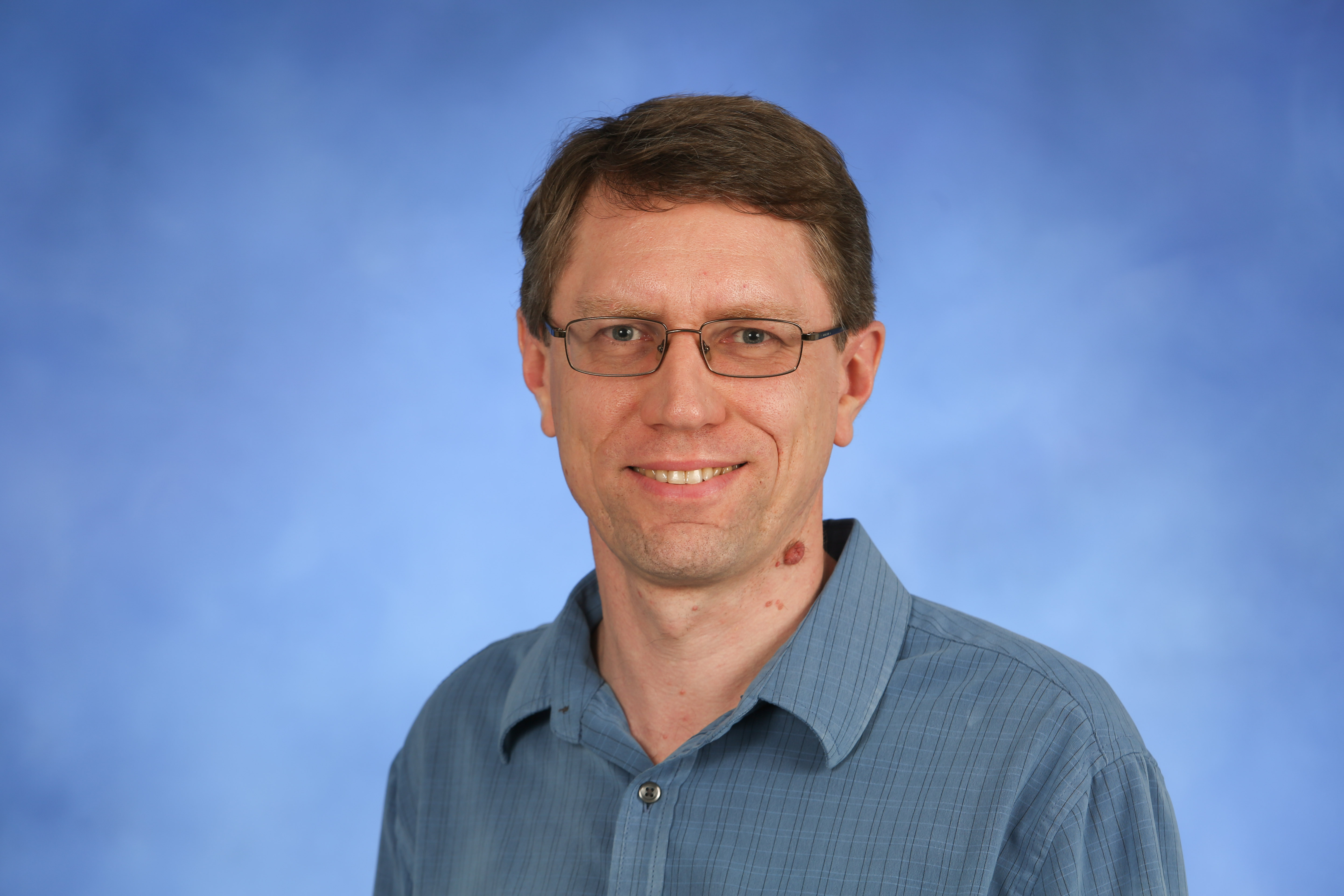
Grant establishes UAH as hub for statewide university high-performance computing
The University of Alabama in Huntsville (UAH), a part of the University of Alabama System, will become the Alabama hub for statewide high-performance computing (HPC) under a nearly $1 million two-year National Science Foundation (NSF) grant.
NRAO’s Central Development Laboratory to Launch New Women in Engineering Program With Support from the Heising-Simons Foundation
Following a generous grant from the Heising-Simons Foundation, the Central Development Laboratory (CDL) at NSF’s National Radio Astronomy Observatory (NRAO) will soon launch an ambitious Women in Engineering program that will increase opportunities for women to enter the field of radio astronomy through engineering pathways. The program will include a postdoctoral fellowship and a co-op program for undergraduate and graduate students.
Out With a Bang: Explosive Neutron Star Merger Captured for the First Time in Millimeter Light
Scientists using the Atacama Large Millimeter/submillimeter Array (ALMA) have for the first time recorded millimeter-wavelength light from a fiery explosion caused by the merger of a neutron star with another star.
$500,000 grant funds UAH professor’s study of origin of tiny particles that can make clouds
In a study of tiny precursors to clouds that will provide scientists with more comprehensive information to use in global climate models, a researcher at The University of Alabama in Huntsville (UAH) is trying to find out how ultrafine particles are created in an urban atmosphere.
$2.3 million NSF grant boosts UAH effort to predict harmful solar weather events
The University of Alabama in Huntsville (UAH) has received a four-year, $2.301 million grant from the National Science Foundation (NSF) to develop a scientific model to understand and predict how CMEs influence the energetic particle radiation environment in the inner solar system and Earth’s magnetosphere.
Roswell Park CIO Leading University at Buffalo Advanced Cyberinfrastructure Research Effort; Team Earns $10M Grant
The University at Buffalo will lead a $10 million project to develop software that academia, industry and government agencies use to manage high-performance computing infrastructure, the U.S. National Science Foundation (NSF) announced on Friday.
PSC and Partners to Lead $7.5-Million Project to Allocate Access on NSF Supercomputers
The NSF has awarded $7.5 million over five years to the RAMPS project, a next-generation system for awarding computing time in the NSF’s network of supercomputers. RAMPS is led by the Pittsburgh Supercomputing Center and involves partner institutions in Colorado and Illinois.
UTEP Receives $5 Million to Promote Computer Science through Training K-12 Teachers
The University of Texas at El Paso announced today a $5 million grant from the Hopper-Dean Foundation to endow its computer science teacher education initiatives.
With awards totaling $446M, UIC sets record for annual research funding
The University of Illinois Chicago received $446 million in sponsored funding during the 2021 fiscal year, setting a record for research awards. The total amount represents an 8.6% increase over fiscal year 2020, with funding supporting over 3,500 research projects that move research to practical application.
$600,000 grant funds new UAH study probing influence of trees’ organic compounds on rain
In order for it to get cloudy or rain, first moisture has to condense around particulate matter in the air called aerosols, and volatile organic compounds made by trees can be precursors to the kinds of tiny particles that eventually make clouds and rain.
$1.9M NSF-funded initiative to transform UIC undergraduate chemistry offerings
Supported by a five-year, $1.9 million grant from the National Science Foundation, the University of Illinois Chicago department of chemistry will launch a project consisting of evidence-based research of teaching and learning practices, course and curriculum revisions and faculty development, all with the intention of enhancing STEM education for undergraduate students.
New $3 million National Science Foundation center aims to connect materials data science research to industry
Case Western Reserve University and the University of Pittsburgh will launch a joint center this fall that uses cutting edge data-science and materials research to help companies make more reliable and durable products.
The Center for Materials Data Science for Reliability and Degradation (MDS-Rely) is a $3 million center supported by a $1.5 million grant from the National Science Foundation (NSF) .
UAH second university in Southeast to have specialized atmospheric spectrometer
In the spring, the University of Alabama in Huntsville (UAH) Department of Atmospheric and Earth Science will become the home base for a new instrument designed to help scientists study aerosols in the atmosphere.
Detroit startup developing eco-friendly marine coating for ships and boats
Repela Tech LLC, a Detroit-based sustainability tech startup from Wayne State University, was awarded a National Science Foundation (NSF) Small Business Technology Transfer (STTR) Phase II grant totaling $993,788 for research and development on a patent-pending (WSU Tech ID 20-1601), first-of-a-kind, safe antifouling marine coating.
UAH-led space weather prediction research could be critical to Space Force Command
Research to improve space weather predictions by Dr. Nikolai Pogorelov at The University of Alabama in Huntsville (UAH), a part of the University of Alabama System, will boost abilities crucial to the success of the defense mission of the Space Force Command that’s set to be located in Huntsville, Ala.
NAU mechanical engineer receives NSF CAREER award to pioneer robot-assisted rehabilitation while integrating education, research
Zach Lerner leads the Biomechatronics Lab at NAU, where he studies the use of robotics to help improve the gait of people with walking disabilities. The outcomes for this project have the potential to transform treatment of walking disabilities across a wide range of conditions.
National Radio Astronomy Observatory featured in the 2021 STEM for All Video Showcase
Three projects from the National Radio Astronomy Observatory are featured in the National Science Foundation-funded 2021 STEM for All Video Showcase running May 11 to May 18, showcasing the Observatory’s commitment to equity, social justice, and creative solutions to engagement during COVID-19.
NSF awards UAH’s Dr. Niemiller $1.029 million for groundwater biodiversity study
A proposal to conduct the first comprehensive assessment of groundwater biodiversity in the central and eastern United States has earned a University of Alabama in Huntsville (UAH) assistant professor of biological science a five-year, $1.029 million National Science Foundation (NSF) CAREER award.
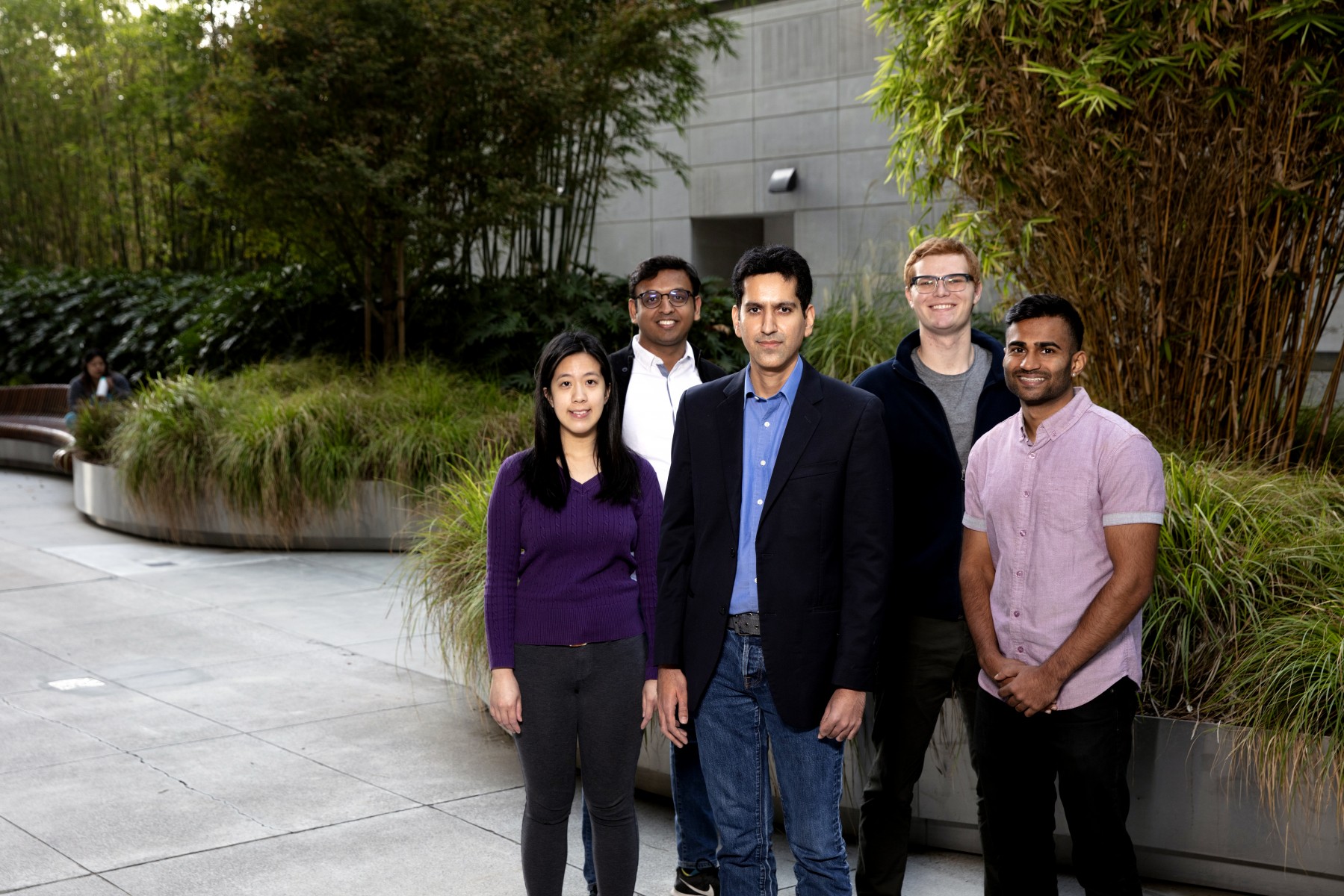
National Science Foundation Honors Cedars-Sinai Neuroscientist
At 36, neuroscientist Tanuj Gulati, PhD, is still in the early phases of his career, but his contributions to the field of neurosciences have been nothing short of impactful. His research is so promising, in fact, that the National Science Foundation has awarded Gulati with the foundation’s top honor, the Faculty Early Career Development Program (CAREER) award.

UAH scientists are part of first discovery of giant neutron star flare outside Milky Way
The first-time discovery of a giant flare from a neutron star that’s outside Earth’s galactic neighborhood is the subject of a new research paper in the journal Nature that has four co-authors from The University of Alabama in Huntsville (UAH), a part of the University of Alabama System.

Computer science professor exploring log-in solutions for people with upper extremity impairment
Backed by a three-year, $500,000 grant from the National Science Foundation, URI Prof. Krishna Venkatasubramanian is researching computer authentication problems faced by people with upper extremity impairment with a goal of developing software that allows users to more easily access their devices. Venkatasubramanian is collaborating with TechACCESS of Rhode Island, which provides assistive technology services for people with disabilities.
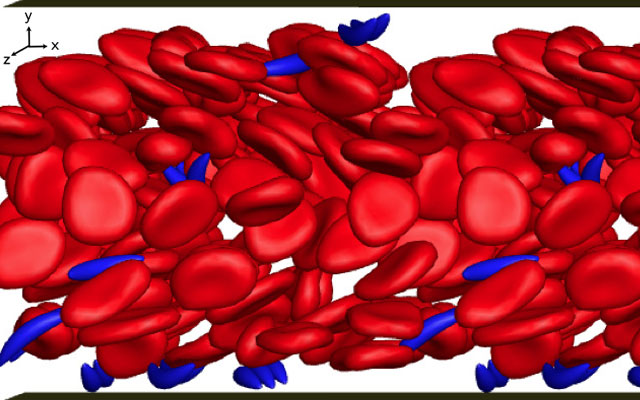
Supercomputer Modeling Aids Sickle Cell Research Discovery
Researchers recently created detailed simulations showing how stiff red blood cells flow through blood vessels, deforming and colliding along the way.

‘Expanse’ Supercomputer Formally Enters Production
The San Diego Supercomputer Center (SDSC) at UC San Diego announced that its new Expanse supercomputer formally entered service for researchers following a program review by the National Science Foundation (NSF), which awarded SDSC a grant in mid-2019 to build the innovative system.
Cornell synchrotron receives $32.6M from NSF for new X-ray beamline
The National Science Foundation has awarded the Cornell High Energy Synchrotron Source (CHESS) $32.6 million to build a High Magnetic Field (HMF) beamline, which will allow researchers to conduct precision X-ray studies of materials in persistent magnetic fields that exceed those available at any other synchrotron.

New atomic layer deposition process invented by UAH researchers
A new way to deposit thin layers of atoms as a coating onto a substrate material at near room temperatures has been invented at The University of Alabama in Huntsville (UAH), a part of the University of Alabama System. Thin film deposition is used in microelectronics manufacturing.
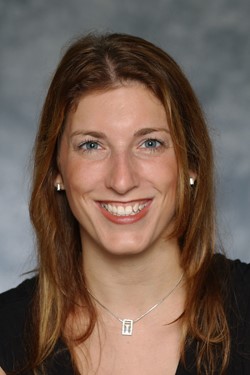
USF’s Collins Selected as 2020 CUR Geosciences Undergraduate Research Mentor Awardee
Jennifer Collins, professor in the School of Geosciences at the University of South Florida, has been selected as the 2020 CUR Geosciences Undergraduate Research Mentor Awardee.
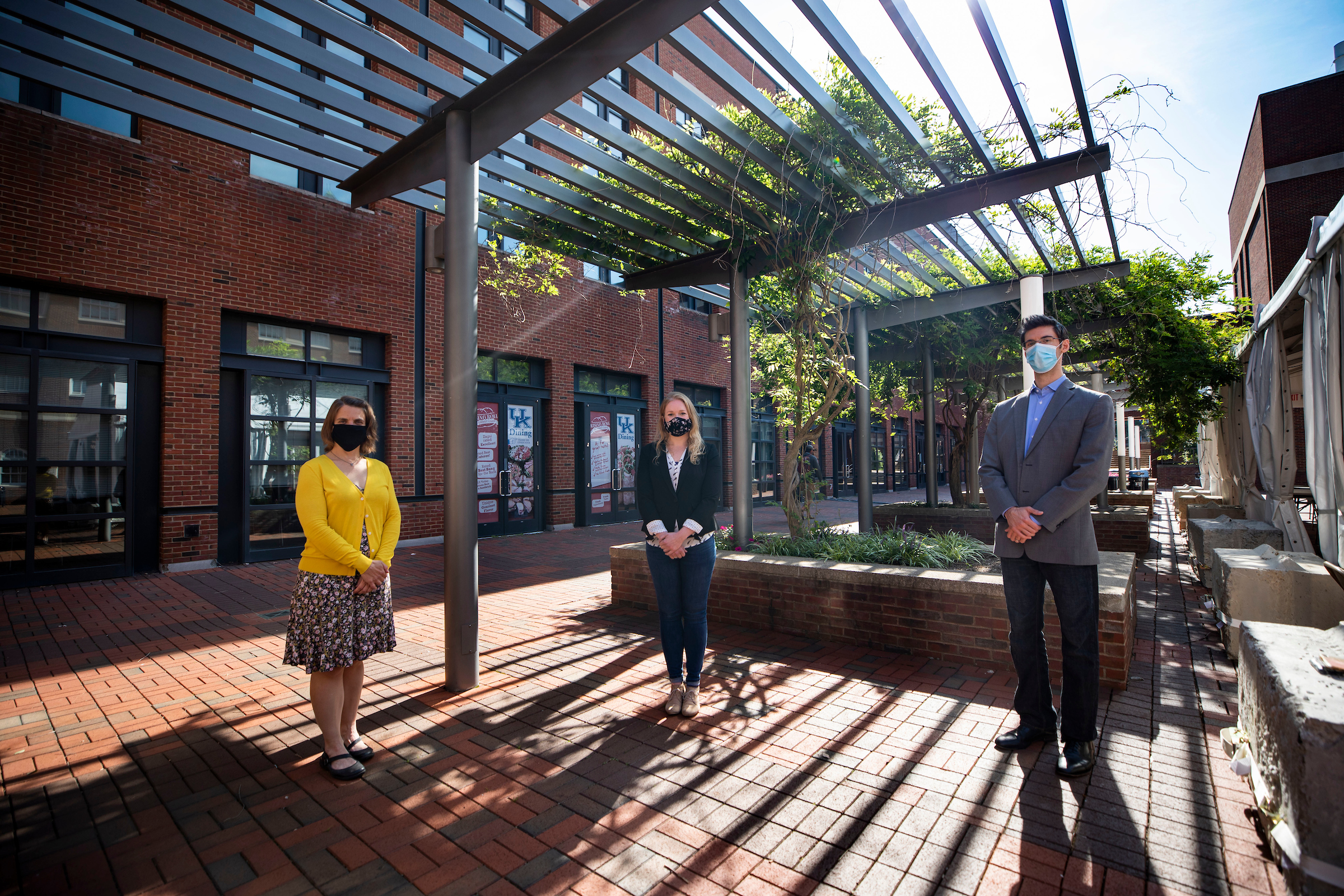
University of Kentucky Researchers Awarded NSF Grant to Engineer Better Mental Health Solutions
From the limited data currently available, Wilson, Hammer and Usher found that engineering students aren’t necessarily more likely to have a mental health concern, but they are significantly less likely to seek help than non-engineering college students. This treatment gap became the basis for their National Science Foundation (NSF) grant proposal titled, “Development of a Survey Instrument to Identify Mental Health Related Help-Seeking Beliefs in Engineering Students.”
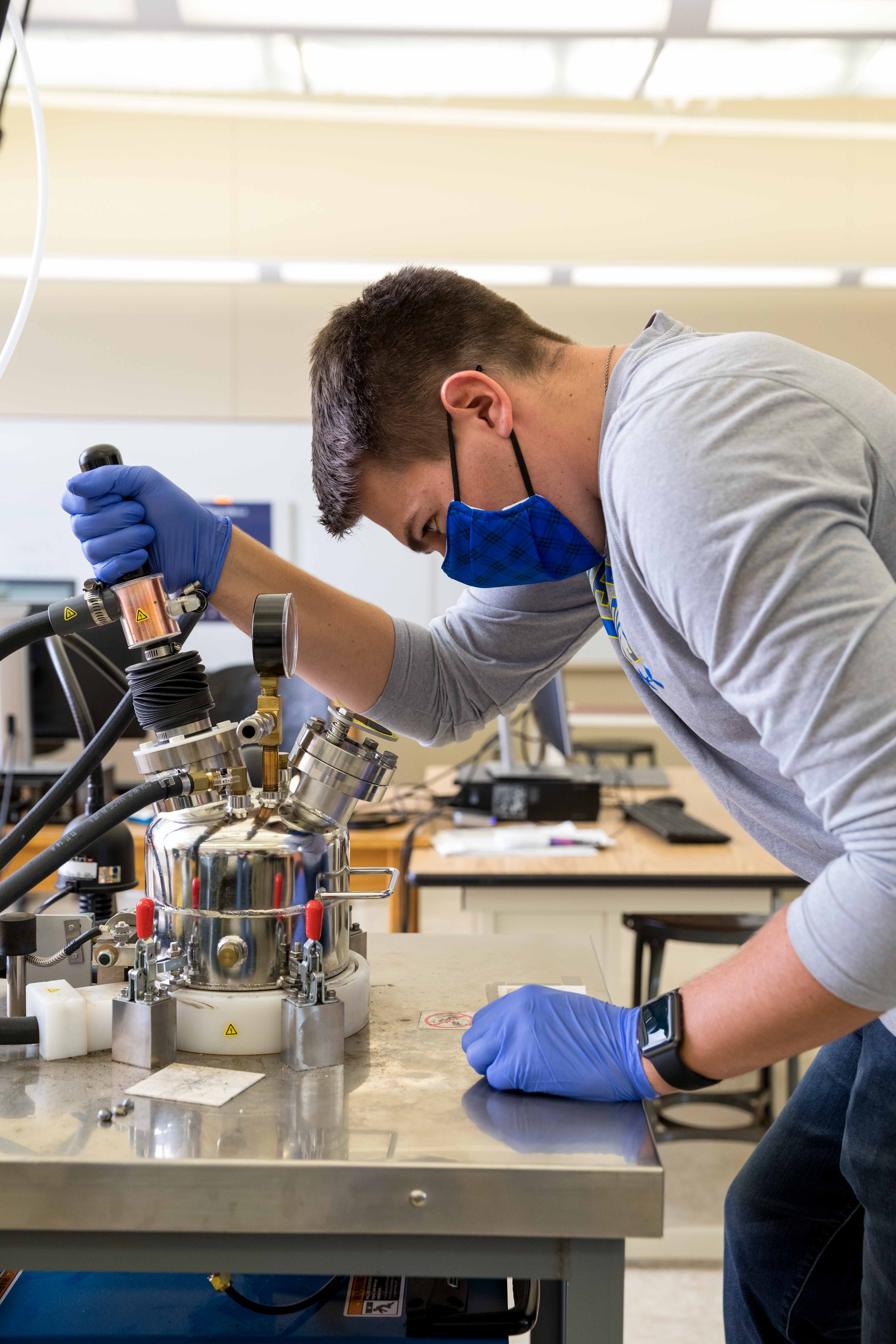
Putting spin in semiconductor materials
New semiconductor materials that use an electron’s spin to store information can make computers and electronic devices faster, more energy efficient and less expensive.
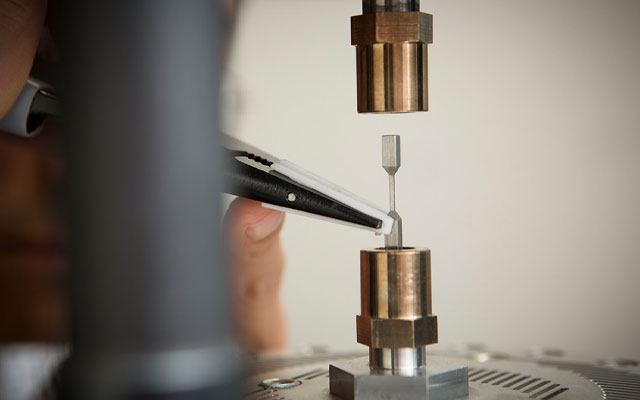
National Science Foundation Funds Development of a Science Gateway for New Materials Discovery
The National Science Foundation has awarded a $1 million Research Advanced by
Interdisciplinary Science and Engineering (RAISE) grant to a multidisciplinary team of researchers at the San Diego Supercomputer Center (SDSC) at the University of California San Diego, the University of Minnesota, Carnegie Mellon University, and Cornell University to create the X-ray Imaging of Microstructures Gateway (XIMG), a science gateway designed to make it possible for global material sciences researchers to study the behavior of new and existing materials using X-ray diffraction.

National Science Foundation-funded CloudBank Now Operational
The San Diego Supercomputer Center (SDSC) at the University of California San Diego and its partners at the University of Washington (UW), UC Berkeley, and Strategic Blue have entered production operations of the National Science Foundation (NSF)-funded CloudBank program, which aims to simplify the use of public clouds across computer science research and education.
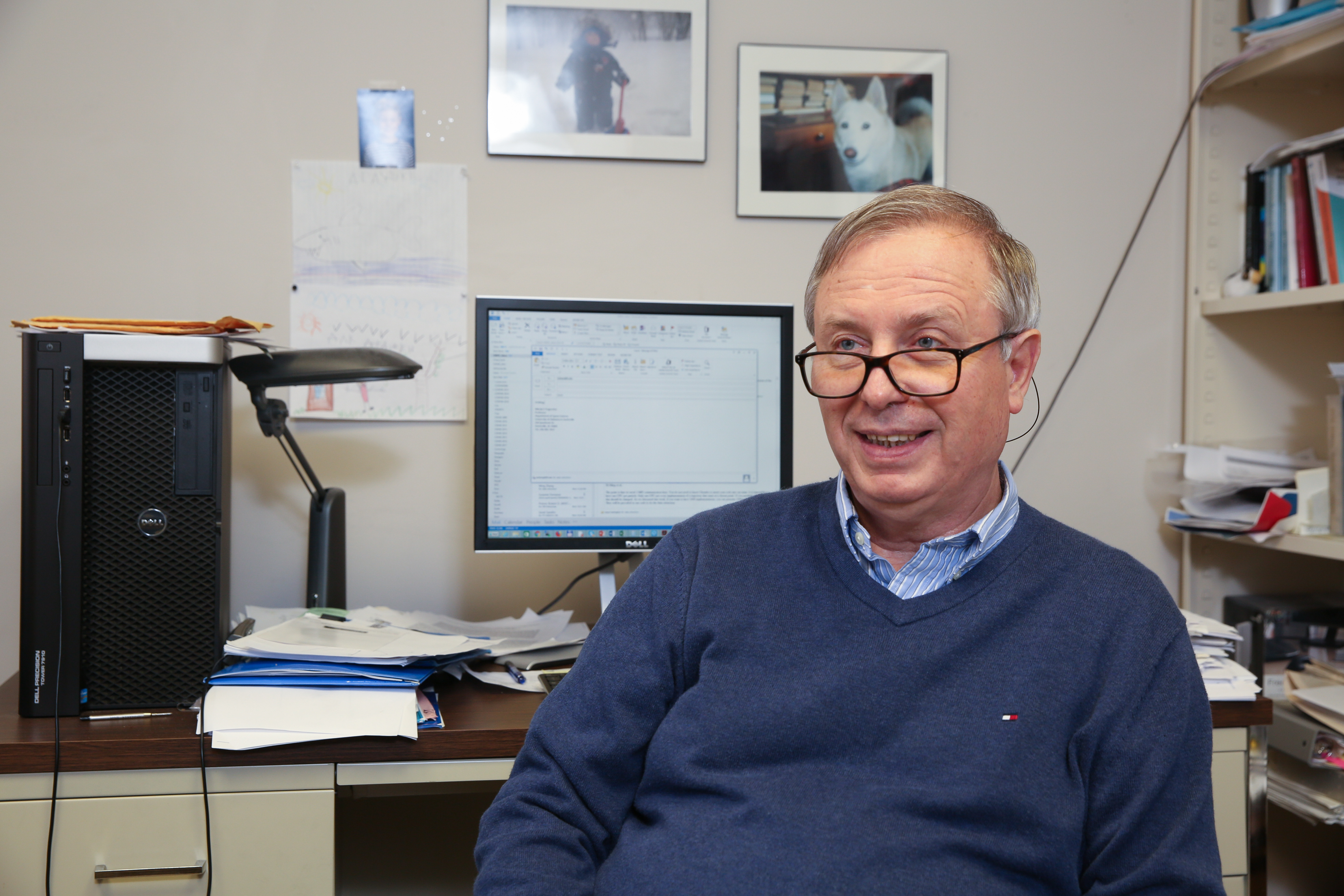
UAH leads $3.2 million solar software model effort to aid in space weather predictions
The National Science Foundation (NSF) and NASA have awarded $3.2 million over three years to development of open-source solar atmosphere and inner heliosphere software models useful to predict space weather, a project led by The University of Alabama in Huntsville (UAH) with a UAH professor as principal investigator.
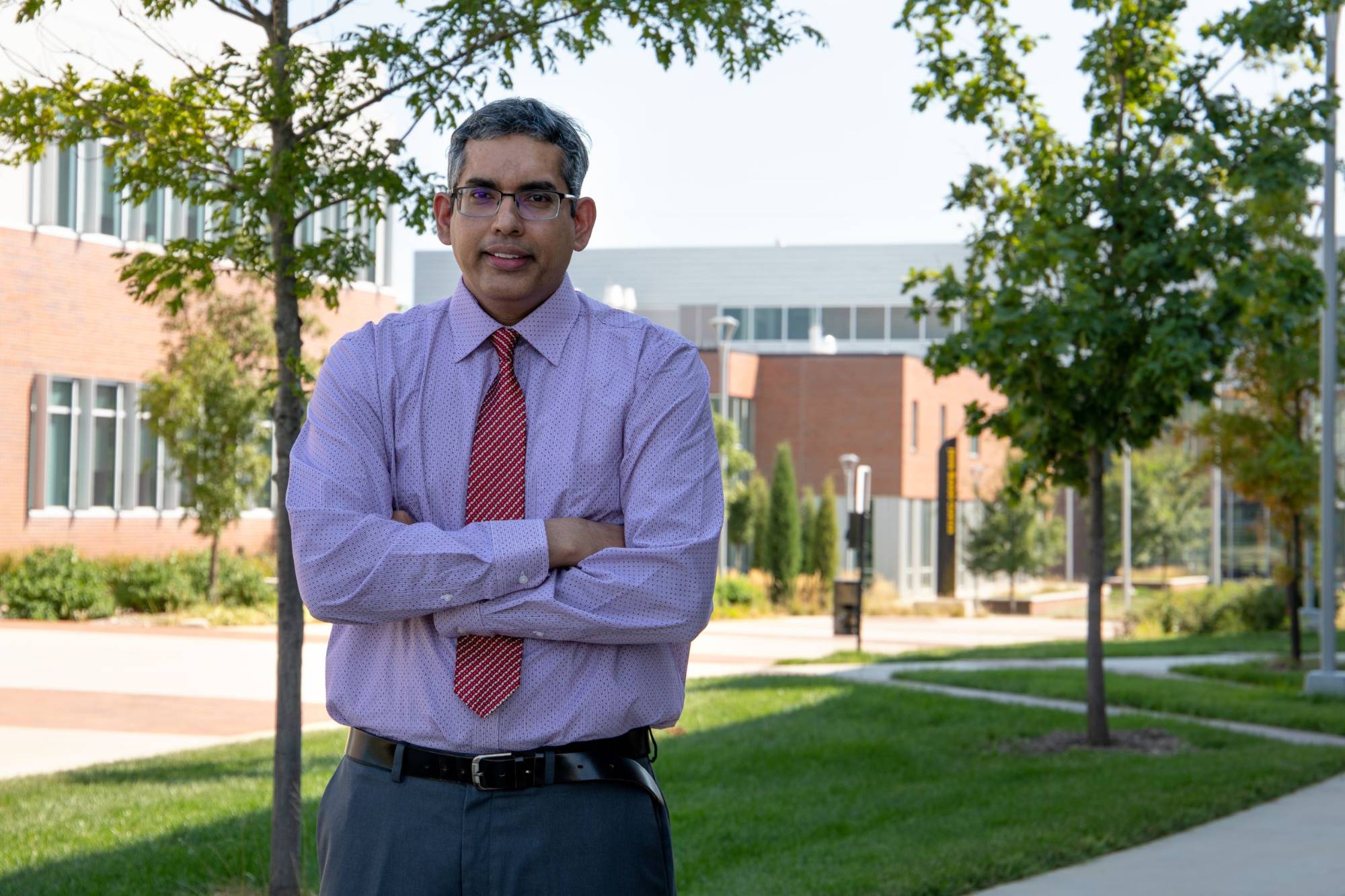
Wichita State joins prestigious national research institute to boost artificial intelligence field
Wichita State University has been named a founding member of a newly formed AI Institute for Foundations of Machine Learning (IFML), established by a $20 million grant from the National Science Foundation.
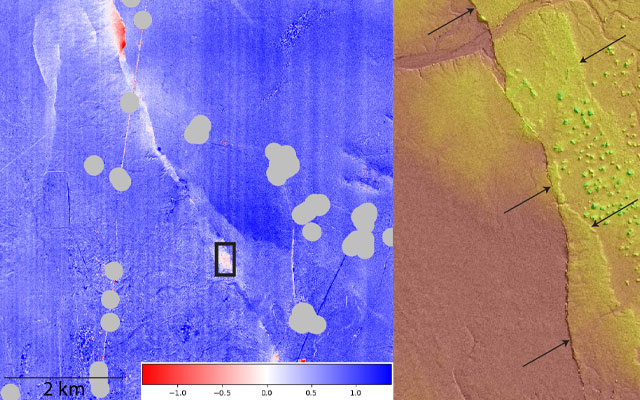
OpenTopography Collaboration Awarded New Four-Year Grant
The National Science Foundation (NSF) has renewed funding for OpenTopography, a science gateway that provides online access to Earth science oriented high-resolution topography data and processing tools to a broad user community advancing research and education in areas ranging from earthquake geology to ecology and hydrology.
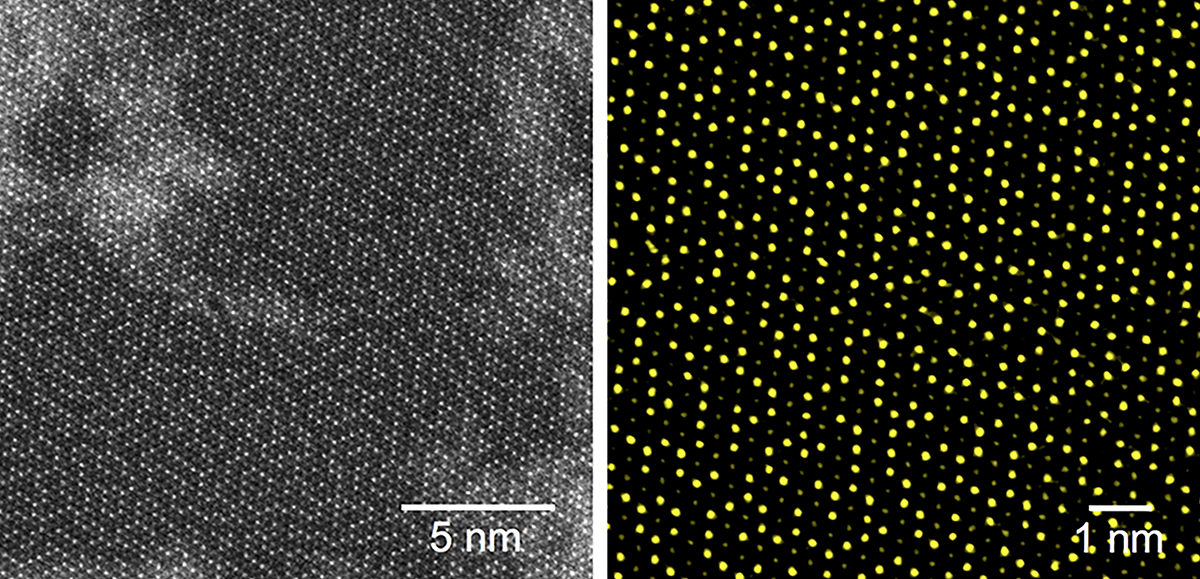
2D Electronics Get an Atomic Tuneup
Scientists at Berkeley Lab have demonstrated a new technique that could improve the performance of atomically thin semiconductors for next-generation electronics such as optoelectronics, thermoelectrics, and sensors.